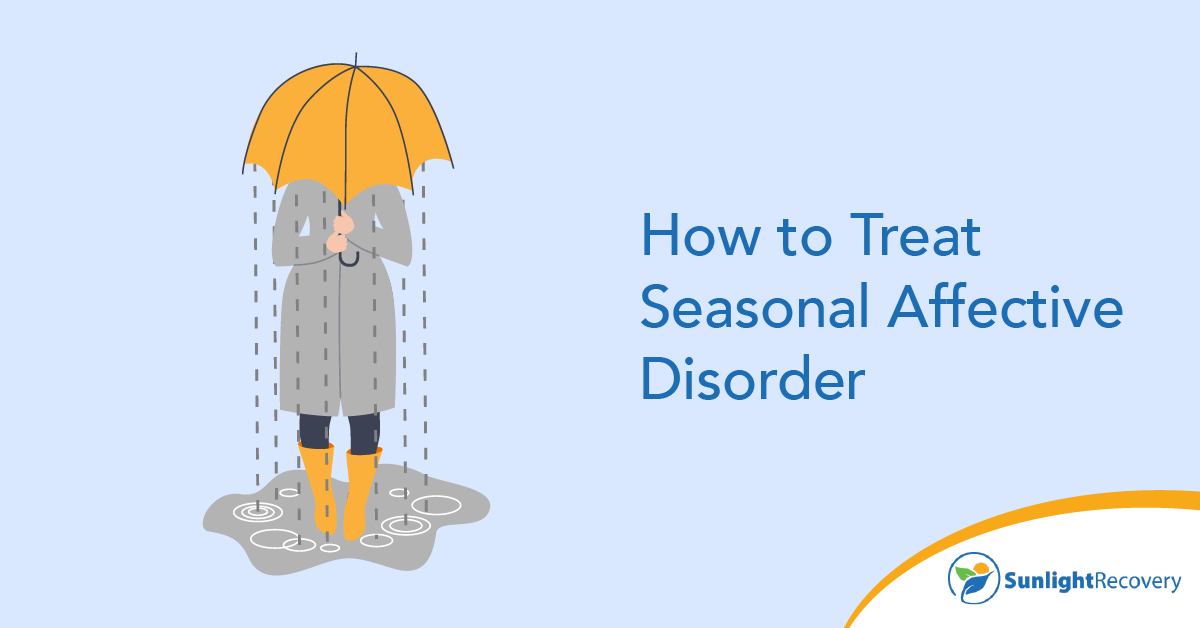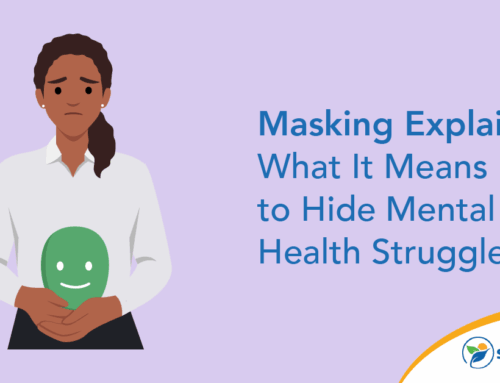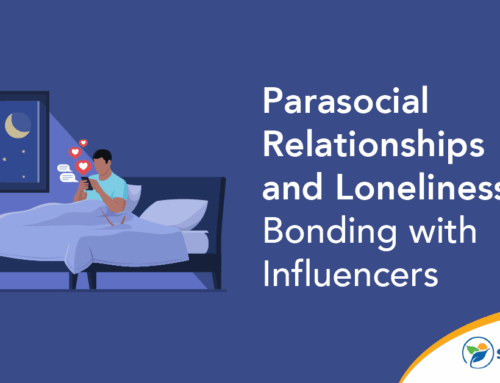When the days grow shorter and darkness arrives earlier each evening, you might notice changes in your mood and energy levels. While many people experience mild winter blues, some face a more significant challenge: seasonal affective disorder (SAD). Understanding the available treatments for seasonal affective disorder can help you reclaim your well-being during the darker months and enjoy life year-round.
What Is Seasonal Affective Disorder (SAD)?
Seasonal affective disorder is a type of depression characterized by a recurring seasonal pattern. Approximately 5% of adults in the United States experience SAD. Rather than being simple winter blues, SAD is classified as major depressive disorder with a seasonal pattern.
For most people with SAD, symptoms begin in late fall or early winter and improve during spring and summer. You may experience typical depression symptoms like persistent sadness, loss of interest in activities and low energy. However, SAD also includes specific characteristics: increased sleep (hypersomnia), weight gain, carbohydrate cravings and a desire to withdraw from social situations.
Causes and Risk Factors: Why Some People Are Affected
The causes of SAD are multifaceted. Studies indicate that people with SAD have reduced levels of serotonin, the brain chemical that helps regulate mood. The decreased sunlight in fall and winter disrupts your body’s internal clock, which can lead to feelings of depression. Changes in melatonin levels also play a role.
Your risk for SAD increases if you live far from the equator where winter daylight hours are significantly shorter. Women are diagnosed with SAD more often than men, and the condition typically begins in young adulthood. Having a family history of depression or bipolar disorder also increases your susceptibility.
Recognizing the Signs of SAD
You should take SAD symptoms seriously, as they can significantly interfere with daily functioning. Beyond feeling down, you might notice that once-manageable tasks now feel overwhelming. You may struggle to complete work projects on time, fall behind on bills and chores or find yourself making more mistakes than usual.
Physical symptoms often accompany the emotional ones. You might sleep much longer than normal. Increased appetite (particularly for carbohydrates), weight gain and persistent fatigue are common experiences. Some people describe feeling like they’re moving through molasses, lacking the energy for even simple activities.
Evidence-Based Treatments for Seasonal Affective Disorder
The good news is that effective SAD disorder treatment options exist. The most established approach is light therapy, which involves sitting near a special light box that emits 10,000 lux of bright light. Research shows that for SAD and other types of depression, light therapy’s effectiveness is approximately the same as antidepressant medications or cognitive behavioral therapy, with each improving symptoms in 40% to 60% of people.
You typically use the light box for 20 to 30 minutes each morning during fall and winter months. Most people see improvements within 1 or 2 weeks of beginning treatment. The light helps reset your circadian rhythm and may boost serotonin activity in your brain.
Antidepressant medications, particularly selective serotonin reuptake inhibitors (SSRIs) and bupropion, are another proven SAD treatment option. Light therapy and the antidepressant fluoxetine are treatments that can be effective for SAD, giving you options based on your preferences and circumstances.
Cognitive behavioral therapy adapted specifically for SAD (CBT-SAD) has emerged as a particularly promising treatment. It’s said that CBT-SAD is superior to light therapy two winters following acute treatment, suggesting greater long-term durability. CBT-SAD helps you identify and change negative thoughts about winter and encourages you to engage in pleasurable activities despite the season. Unlike light therapy, which requires daily use each winter, CBT-SAD teaches you skills that continue to help prevent recurrence in subsequent years.
While there’s no established seasonal affective disorder cure, combining treatments often yields the best results. Many people benefit from using light therapy alongside medication or combining CBT with other approaches.
Lifestyle Adjustments That Can Help
Beyond formal treatments for seasonal affective disorder, several lifestyle changes can support your mental health during darker months. Getting outside during daylight hours provides natural light exposure that can benefit your mood. A 30-minute walk outdoors can deliver therapeutic light while also providing mood-boosting exercise.
Low vitamin D levels have been linked to SAD, and some research suggests supplementation may help, but results are mixed. You can increase vitamin D through foods like fatty fish, egg yolks and fortified dairy products, or discuss supplementation with your health care provider.
Maintaining a regular sleep schedule helps regulate your circadian rhythm. Try to wake up and go to bed at consistent times, even on weekends. Creating a cozy, inviting home environment with plenty of interior lighting can also make a difference. Some people find that planning enjoyable winter activities helps combat the tendency to isolate during dark months.
Staying connected with friends and family provides important emotional support. Don’t hesitate to share your struggles with trusted loved ones who can offer encouragement during difficult periods.
When to Seek Professional Support
While lifestyle adjustments can help, SAD is a serious condition that often requires professional treatment. You should contact a health care provider if your symptoms significantly impair your ability to function, you have thoughts of self-harm or your depression persists despite self-help measures.
A mental health professional can accurately diagnose SAD (which requires symptoms during specific seasons for at least 2 consecutive years), rule out other conditions that can mimic SAD and develop a personalized treatment plan. They can prescribe medications, provide specialized therapy or refer you for light therapy evaluation. Starting treatment early in the season, even before symptoms become severe, can prevent them from worsening.
Take the First Step Toward Brighter Days
If you’re struggling with seasonal depression, you don’t have to face it alone. At Sunlight Recovery, we understand the profound impact SAD can have on your life, and we’re here to help. Our compassionate team can work with you to develop a comprehensive treatment plan that addresses your unique needs. Don’t let another season pass in darkness. Reach out today to learn how we can support your journey toward wellness and help you rediscover joy in every season.







